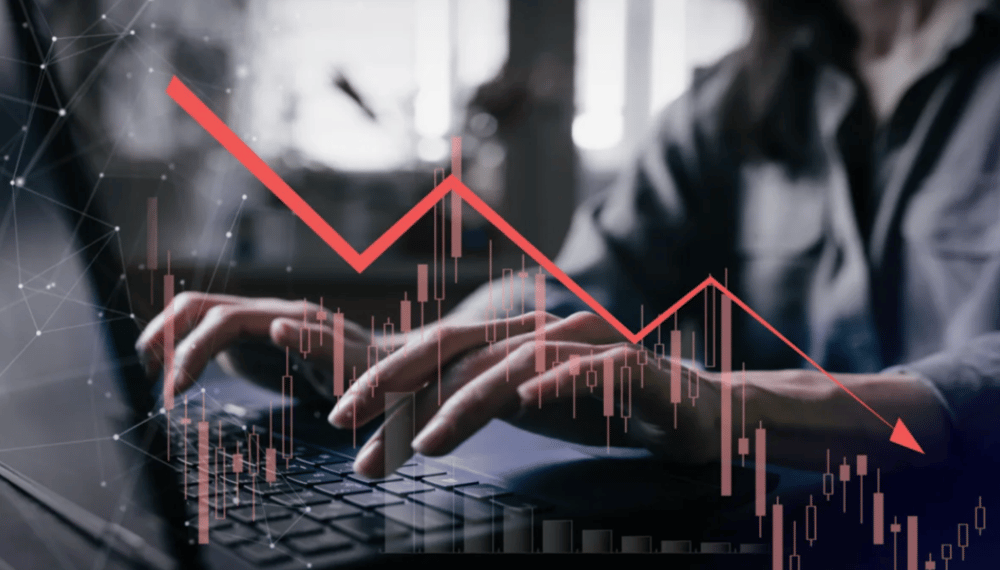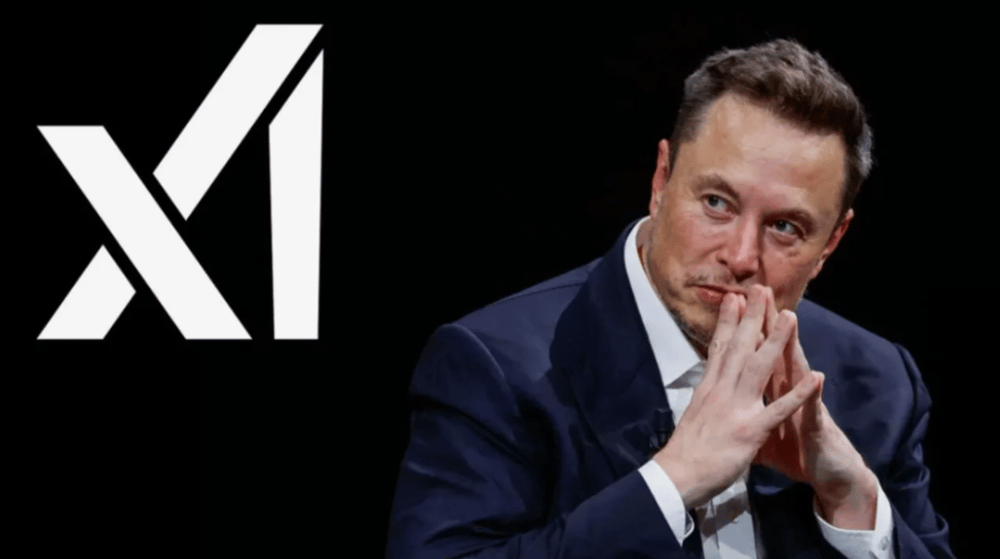USD Volatility and Global Equities Stall as Middle East Conflict and Fed Uncertainty Roil Markets
Global financial markets displayed a marked shift to risk-off sentiment on Wednesday amid two major headwinds: heightened tensions in the Middle East, particularly ongoing Israeli airstrikes on Iran, and growing uncertainty surrounding the Federal Reserve’s monetary policy decision. These overlapping risk factors curtailed investor appetite, with both equity markets and currency trading reflecting a cautious, defensive tone.
As geopolitical instability and central bank policy often exert outsized influence on macroeconomic outlooks, market participants refrained from placing aggressive bets across major indices and forex pairs, especially those involving USD and oil-linked currencies.
Geopolitical Risk and Rate Policy Collide
The military conflict between Israel and Iran, now in its sixth consecutive day, continues to dominate market narratives, with energy markets particularly sensitive to developments. While oil prices initially surged, they have since wavered amid thin liquidity and conflicting reports on escalation.
Simultaneously, investors are closely watching the U.S. Federal Reserve, which is scheduled to announce its latest interest rate policy later today. Market consensus has largely priced in a rate pause, but elevated core inflation and robust U.S. labor data have left room for hawkish surprises—particularly in forward guidance.
This combination of external geopolitical shocks and domestic monetary tightening risks has stifled short-term conviction across $^SPX (S&P 500 Index) futures, $EURUSD, and crude oil benchmarks such as WTI and Brent.

Key Facts:
🔺 Israel’s military campaign in Iran entered its sixth day.
💼 Investors await the Fed's interest rate decision due Wednesday.
📉 European stock indices are trading flat or slightly negative.
💱 Forex markets show subdued volatility; USD remains range-bound.
🛢️ Brent crude fluctuates around $83 per barrel.
📊 SPX futures exhibit narrow trading bands with limited upward momentum.
Market Reactions and Expert Views
Risk assets, including emerging market currencies and tech stocks, experienced pressure amid the dual macro threats. Defensive sectors such as consumer staples and utilities slightly outperformed, while growth-linked equities paused. Gold prices, often considered a geopolitical hedge, briefly approached a multi-week high, indicating latent safe-haven demand.
Market strategists note that the geopolitical premium on commodities, particularly oil, is currently being balanced out by monetary caution, as traders await signals on how long USD interest rates will remain elevated.
Currency analysts emphasize that USD may remain anchored in the near term, particularly if the Federal Open Market Committee (FOMC) delivers a neutral message. However, any signs of rate hikes resuming—or a hawkish tilt—could reprice the greenback upward, especially against JPY and EUR.

Key Developments to Watch:
Federal Reserve Language — Any deviation from a neutral tone may reset rate expectations.
Oil Market Sensitivity — Escalating conflict could push Brent back toward $90/barrel.
Safe-Haven Flows — Gold and U.S. Treasuries may continue attracting inflows.
Currency Dynamics — USD, JPY, and CHF positioning remains highly responsive to event risk.
Volatility Index Movements — The VIX may surge if either the Fed or the conflict escalates further.
Markets in Holding Pattern Amid Twin Macro Shocks
As of midweek, global markets remain caught between two high-impact narratives: intensifying geopolitical risk in the Middle East and pending monetary policy shifts from the Federal Reserve. With both events exerting asymmetric influence on commodities, currencies, and equities, institutional investors are adopting a wait-and-see approach.
Whether the Fed’s messaging leans dovish or hawkish may determine short-term USD directionality, while continued hostilities in the Middle East could exert upward pressure on energy prices and broader risk aversion. These dynamics underscore the fragility of current market stability, particularly in an already complex global macroeconomic environment.















Comments
The tech ecosystem is entering a new phase where automation becomes central to competitive advantage